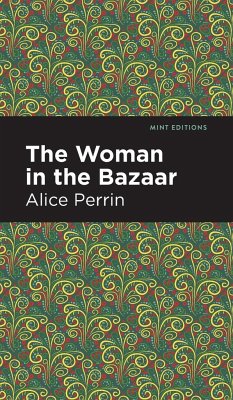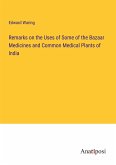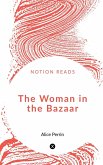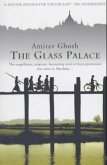Set in both England and colonial India, The Woman in the Bazaar follows Captain George Coventry as he wrestles with guilt and the consequences of his actions. Rigid even by old fashioned standards, George Coventry holds misogynistic beliefs regarding the role women fill in a marriage, and in society. When he meets a beautiful woman named Rafella, they marry quickly after dating for a short period of time. Despite this rush and George's misogyny, they are a happy couple for a while, until Rafella starts making friends. After she befriends the handsome Mr. Kennister, George assumes that Rafella is cheating on him. Absolutely irate and sick with jealousy, George terrorizes Rafella with a possessive rage until she runs away, never to be seen again. Years later, George falls in love again, but is unable to enjoy his second chance as he is haunted by rumors of a woman in the bazaar, an Englishwoman who had been sold into slavery. As George becomes engrossed in this rumor, he is forced to wonder if Rafella could have suffered the same fate. Finally taking accountability of and reflecting on his actions, George realizes that he first must resolve his past with Rafella before entering a new marriage. With its feminist themes, complex characters and unique setting, The Woman in the Bazaar keeps audiences engaged and constrained. Originally published in 1917, Alice Perrin's The Woman in the Bazaar colorfully depicts a setting uncommon in literature while featuring a marriage riddled with jealousy. With the vivid portrayal of colonial India as well as the many sides to relationships, The Woman in the Bazaar is a compelling narrative of an aspect of marriage not often explored. Following George's pre-existing polarizing beliefs, Perrin explores their fruition and the effect it has on Rafella and George's relationship. This rare portrayal of marital problems caters to an unfortunately common consequence of matrimony and still resonates with contemporary audiences. Now featuring a brand new, eye-catching cover design and a readable font, this edition of The Woman in the Bazaar, written by the celebrated author, Alice Perrin, is perfect for a modern audience. Since our inception in 2020, Mint Editions has kept sustainability and innovation at the forefront of our mission. Each and every Mint Edition title gets a fresh, professionally typeset manuscript and a dazzling new cover, all while maintaining the integrity of the original book. With thousands of titles in our collection, we aim to spotlight diverse public domain works to help them find modern audiences. Mint Editions celebrates a breadth of literary works, curated from both canonical and overlooked classics from writers around the globe.
Hinweis: Dieser Artikel kann nur an eine deutsche Lieferadresse ausgeliefert werden.
Hinweis: Dieser Artikel kann nur an eine deutsche Lieferadresse ausgeliefert werden.








